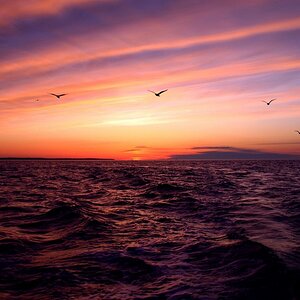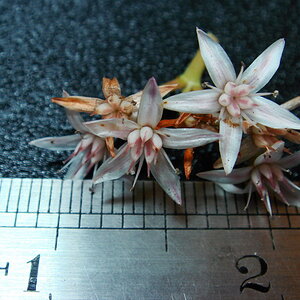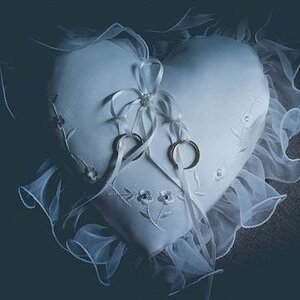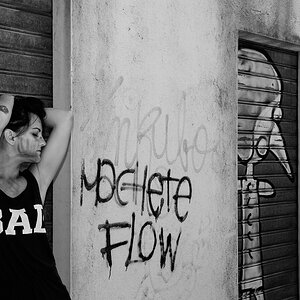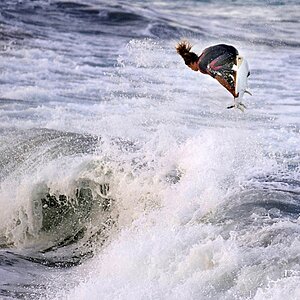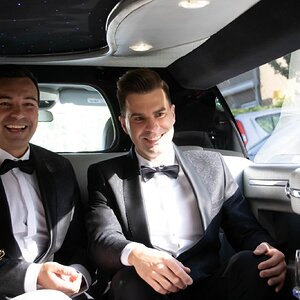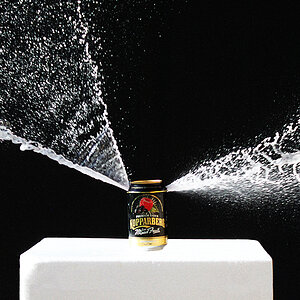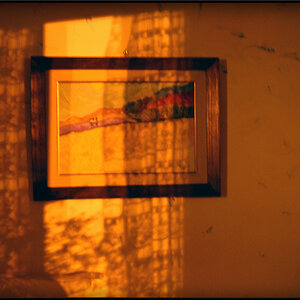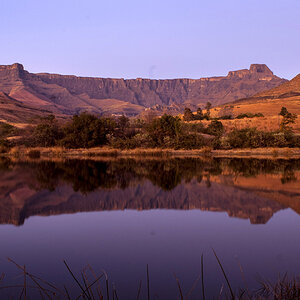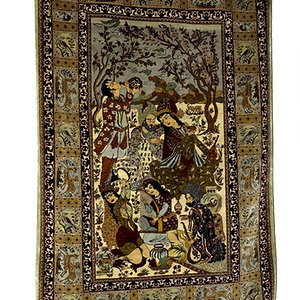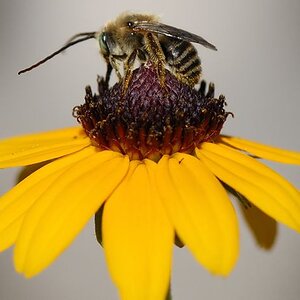jamesbjenkins
No longer a newbie, moving up!
- Joined
- Jan 9, 2012
- Messages
- 1,481
- Reaction score
- 328
- Location
- Dallas / Ft. Worth TX
- Website
- www.ballengerphotos.com
- Can others edit my Photos
- Photos OK to edit
Helen B said:If it was opinion-based I could understand 'disagreement', but it isn't. I'd love to hear any rational argument, or see any evidence, that supports the notion that lens focal length and not distance to subject affects this type of distortion. Take two images from the same postion, one with a 200 mm lens and one with a 28 mm lens (for example) and overlay them after changing the magnification. Apart from any pincushion/barrel distortion caused by lens defects (which are a feature of the particular lens design, not of all lenses of that focal length) they will be identical.
Take an hour or two researching the basic physics of light and photographic technology then come back here and correct yourself. Any fool with two eyes can look at a picture, not perceive distortion and then claim there is none unilaterally. Again, just because you can't see distortion in a particular image doesn't mean it doesn't exist.
Perspective distortion caused by a combination of subject distance and focal length will always affect the image, regardless of whether those differences are small enough to be imperceptible.
For instance, my 14-24 will ALWAYS distort a room I'm shooting, regardless of how close I am to the walls. The differences between a 50mm and a 85mm are much les noticeable unless you're too close to your subject, but they're most definitely there. You can't fool physics.


